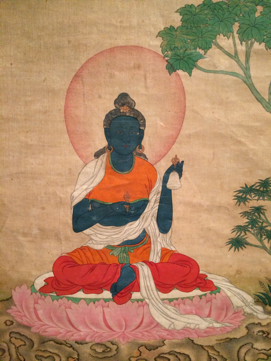09 Jul Stupas and the Origin of Pilgrimage
On many levels, pilgrimage in the Buddhist tradition is connected to stupas, and the stupa at Milarepa Retreat Center is the origin and destination for all of the Earth Vase Pilgrimages. The Earth Vase Pilgrimage began as an effort to raise awareness about the stupa project...










